Tropical Storm No.1 Brings Torrential Rains to Central Vietnam
According to the National Center for Hydro-Meteorological Forecasting, Tropical Storm No.1 formed unusually close to the western part of the East Sea, much nearer to shore than usual, significantly reducing response time. On June 13, areas from Hà Tĩnh to Bình Định and the northern Central Highlands are forecast to receive 150–250 mm of rainfall, with some locations exceeding 350 mm in just 24 hours. Cities such as Đà Nẵng, Huế, and Quảng Nam have already recorded over 300 mm of rainfall, causing severe flooding in urban and low-lying areas. In Quảng Nam, water levels rose as high as 80 cm in residential zones, paralyzing traffic, cutting off roads, and forcing thousands of households to evacuate. Landslides and flash floods are also a growing concern in mountainous areas, especially in Quảng Ngãi and Kon Tum, where steep terrain heightens disaster risks.
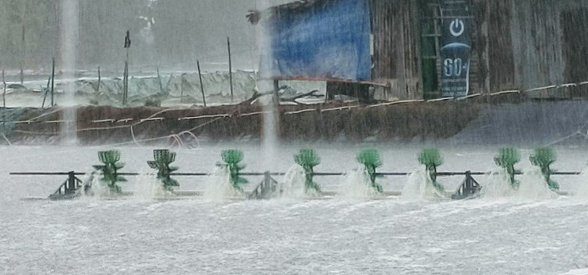
Aquaculture at Risk
The torrential downpours are not only damaging infrastructure but also disrupting economic activities, particularly in agriculture and aquaculture. The storm’s wide-reaching circulation has caused widespread flooding in coastal and inland aquaculture zones. In Đà Nẵng, many farmers were caught off guard, helplessly watching their shrimp and fish get washed away—incurring losses of billions of đồng. In Quảng Bình and Quảng Trị, hundreds of hectares of fish and shrimp ponds have been inundated, with high risks of complete crop failure. On-site images show floodwaters carrying debris and contaminants into ponds, drastically altering water quality and shocking sensitive species like marine fish and shrimp.
Aquaculture Sector Struggles to Cope
As a key economic driver in Central Vietnam, the aquaculture industry now faces the threat of massive losses. Prolonged rainfall is diluting salinity in shrimp ponds, severely impacting shrimp health—especially black tiger shrimp and whiteleg shrimp, which are highly sensitive to environmental changes.
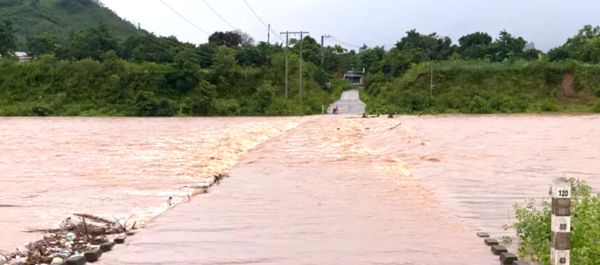
Fish farms in reservoirs and river cages are also under threat. Offshore fishing operations have come to a halt as hundreds of boats and thousands of fishermen from Quảng Nam, Quảng Ngãi, and Bình Định were forced to return to shore. Fortunately, early warnings helped all vessels seek safe shelter, but large waves and strong gusts continue to pose challenges for storm response teams.
Emergency Response from Government and Locals
To confront Tropical Storm No.1, the Prime Minister issued Official Telegram No. 86 on June 10, directing provinces from Quảng Ninh to Quảng Ngãi and the Central Highlands to activate emergency storm and flood response measures. The Ministry of Agriculture and Environment has held multiple emergency meetings and issued three directives, coordinating with ministries like Defense, Public Security, and Transport to ensure public safety. Media agencies such as Vietnam Television and the Vietnam News Agency are also ramping up real-time updates to keep the public informed.
In Quảng Ninh, local authorities have inspected 11 storm shelters for boats, capable of accommodating over 1,700 vessels—helping to safeguard fishermen.
Urgent Recommendations for Affected Areas
For reservoir and river cage fish farming: Farmers must immediately reinforce cages with strong anchoring systems and durable materials to withstand waves and currents. Fish cages should be moved away from areas prone to flash floods or turbulent waters. Regular inspections of equipment are crucial.
For shrimp ponds: Heavy rainfall can lower salinity, causing environmental stress and mortality. Farmers should closely monitor salinity levels, aiming for 15–25‰ for black tiger shrimp and 10–20‰ for whiteleg shrimp. If levels drop too low, they should add seawater or industrial salt. Pond cleaning is essential to remove debris and avoid contamination.
For coastal aquaculture: Farms, especially those raising lobster and marine fish, should relocate cages to sheltered areas, away from wave-prone zones. Use of wave barriers and securing cages to the seabed is essential. Authorities must ensure that no workers remain in hazardous areas during severe weather.
For fishing vessels: Fishermen must strictly comply with maritime bans and bring boats to designated storm shelters. Boats should be securely anchored to prevent collisions or breakaways. Local governments and border patrols must enforce safety checks and ensure no one remains at sea. Communication systems must remain active to handle emergencies.
Long-Term Solutions for Aquaculture Resilience
In the long run, the aquaculture sector must invest more in storm-resilient infrastructure, including building modern ports and more storm shelters. Adoption of advanced technologies—such as early warning systems for landslides and floods—will enable communities to respond proactively to disasters. Additionally, expanding aquaculture insurance will help farmers recover from losses and promote the transition to climate-resilient farming systems.
Source: tongcucthuysan
Aqua Mina's distributor in Japan: REX INDUSTRIES CO., LTD
- Address: 1-9-3 Hishiya-Higashi, Higashi-Osaka 578-0948 JAPAN
- Email: kimakubo@rexind.co.jp
- Phone: +81-(0)72-961-9893
- Website: http://www.rexind.co.jp/e/
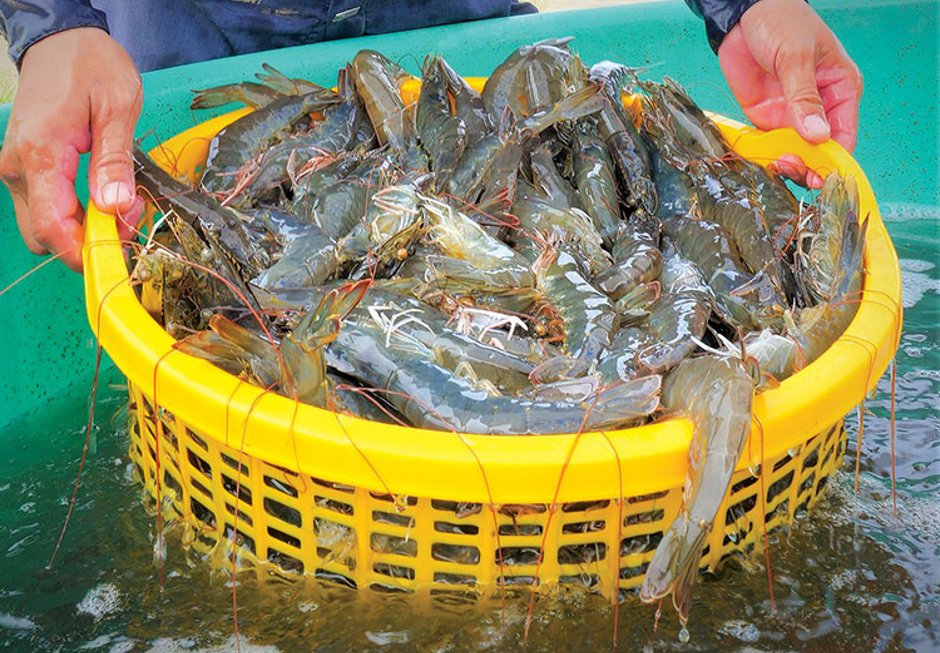
WE WORK FOR YOUR SUCCESS!
Ngày đăng : 17/06/2025
1614 View
Other Articles
Vietnamese shrimp and catfish choose a sustainable path in global competition
End-of-Season Shrimp Prices Reach Record Highs
Norway – Russia Reach Barents Sea Fisheries Agreement for 2026
Cà Mau strengthens traceability to enhance the competitiveness of the shrimp industry.
Cold stress: Effects on the plasma characteristics of whiteleg shrimp.
A new breakthrough in the prevention of diseases caused by the microsporidian parasite EHP in shrimp farming
Vietnam’s shrimp export outlook in the first quarter of 2026 continues to face heavy pressure from tariffs.
New England’s shrimp fishery to shut down for the long haul after years of decline
Crab exports to the United States account for more than 80%.
Thailand sets a target to increase shrimp production to 400,000 tons by 2026.
CTU-RAS: Recirculating Shrimp Farming for Sustainable Development
Vietnamese aquatic products reach new markets








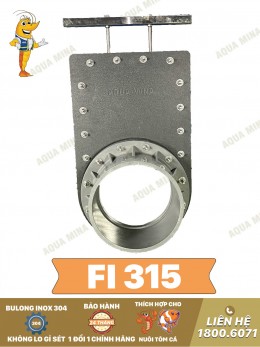
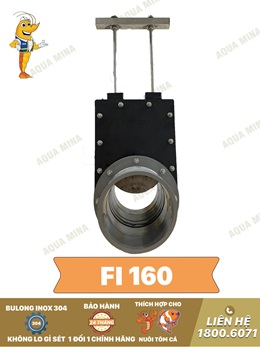
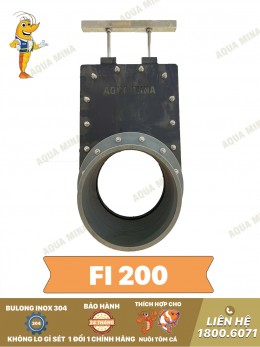
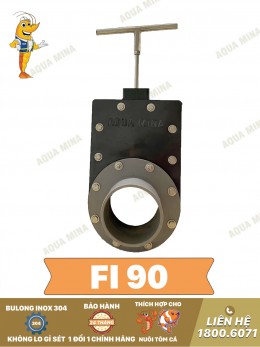
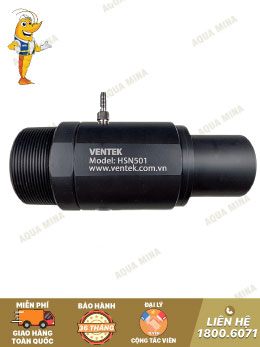
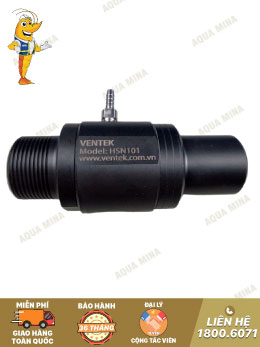

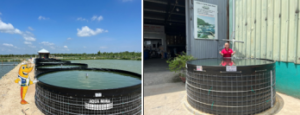
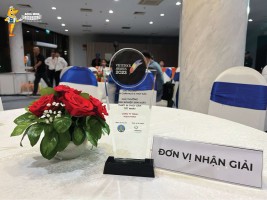
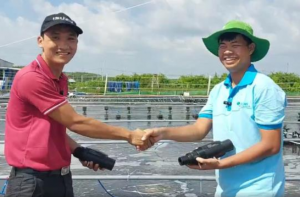
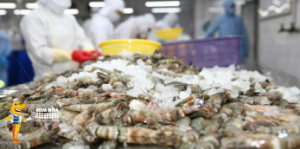
.jpg)